If we take a look at the state of photography today, such as the advances of digital camera, artful image manipulation by photoshop, and even the role of paparazzi in media - and the pervasiveness of photographic images in our lives, it is easy to forget that the first photograph ever was taken just 180 years ago. Photography was probably an inevitable invention - the surprise was that it took so long for it to develop, especially given that the scientific principles that are responsible for it - physical principles such as our understanding of lens and optics and chemical processes that are required to affix permanent images, have actually been known for long before the invention of the first photograph. The development of photography was quite fast: since Niépce took the world's first photograph in 1826, it took only about 30 years for photograph became a product for mass consumption with the introduction of carte-de-visite. Before long, the world's first concealed cameras were introduced to help detectives document the dalliances of cheating spouses! But enough small talk - let's take a look at some fun facts about the development of early photography, famous and "first" photos, weird cameras, and more: |
Camera Obscura
Before we talk about the birth of modern photography, let's talk a little about an ancient technique that served as a precursor - say, "proto-photography" if you will. This device is called a camera obscura (latin for dark chamber). It is literally a dark room or a box with a small hole in one wall. An inverted image from outside the hole would appear on the opposite wall. This device could thus be used to aid drawing (artist could trace the outline of the image on a canvas hung on the wall) and was considered quite significant in the development of proto-photography. The invention of camera obscura (latin for dark chamber) was attributed to an islamic mathematician, astronomer, and physicist named Ibn al-Haitham [wiki] or better known as Alhazen, in the 11th century Egypt. However, the principle of camera obscura was probably known to thinkers as early as Aristotle (300 BC). Camera obscura was widely known to early scientists: Roger Bacon, Leonardo da Vinci, Johannes Kepler, and Athanasius Kircher [wiki] all wrote about this optical device. |
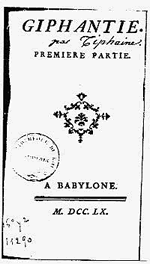 |
Giphantie: Prediction of the Invention of Photography In 1760, decades before the invention of photography, French author Charles-François Tiphaigne de la Roche predicted its invention. In a story titled Giphantie (yes, an anagram of his name), Tiphaigne de la Roche wrote about a race of secret supermen in an imaginary wonderland who could fix a reflected image onto a canvas coated with a sticky substance! Link [Google Translation] |
World's First Photograph
The grainy picture above is the world's first photograph called "View from the Window at Le Gras" (circa 1826), taken and developed by French photographer pioneer Joseph Nicéphore Niépce. He called this process "heliography" or sun drawing - it certainly was a long process: the exposure time was about 8 hours. Link | Nicéphore Niépce [wiki] | Niepce |
World's First Daguerreotype
Although daguerreotype [wiki] was not the first photographic process to be invented, it was the first commercially viable process (earlier techniques required hours and hours of successful exposure and therefore weren't suitable for taking people's photos).
In 1839, the French government acquired Daguerre's French patent and announced his invention "a gift free to the world" - but And just like with any technology, the first adopters turned out to be erotic photography [wiki, nsfw - obviously]. Posing for a daguerreotype wasn't trivial: because the exposure time is about 15 minutes, the subject's head had to be held still with a clamp! |
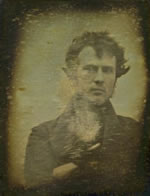 |
World's First Human Portrait In 1839, Robert Cornelius, a Dutch chemist who immigrated to Philadelphia, took a daguerreotype portrait of himself outside of his family's store and made history: he made the world's first human photograph! Robert Cornelius [wiki] |
You're looking at Dorothy Catherine Draper, sister of NYU professor John Draper and model for the first daguerreotype portrait of a woman in the United States in 1839. She was the first woman to be photographed with her eyes open!
http://www.nyu.edu/library/bobst/research/arch/175/pages/draper.htm |
The Man Who Coined "Photography" Also in 1839, the term "photography" was coined by Sir John Frederick William Herschel [wiki], a british mathematician and astronomer (side note: his father, Sir Frederick William Herschel, also a famous astronomer, discovered the planet Uranus!) Herschel also coined the terms "negative" and "positive" in the context of photography, and also of the vernacular "snapshot." |
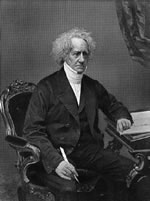 |
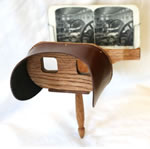 |
Stereoscopy The principle of stereoscopy (or 3D photo) actually preceded that of photography - it was described in as early as the 1500s by Giambattista della Porta [wiki]. In traditional stereoscopy [wiki], a pair of 2-D images - each representing a slightly different perspective of the same object, creates a perception of depth and tricks the brain into seeing a 3-D image. The invention of daguerreotype sparked interest in stereoscopy in the Victorian era. |
World's First Photomontage In 1858, Henry Peach Robinson [wiki] made the world's first photomontage by combining multiple negatives to form a single image. Robinson's first and most famous composite photo, called "Fading Away", was a composition of five negatives. It depicted a girl dying of consumption (or tuberculosis), and quite controversial as some objected to the morbid subject of the photo. |
World's Oldest Surviving Aerial Photo The first aerial photo was taken by Gaspard-Félix Tournachon, better known as Nadar [wiki], in 1858, using a tethered balloon over the Bievre Valley, France. Unfortunately, Nadar's aerial photos were lost - so the oldest surviving aerial photo, shown here, was that of Boston in 1860, taken by James Wallace Black [wiki], also using a balloon. |
Carte-de-visite In the late-1850s in Europe, Andre Disdéri popularized photos-as-calling-cards called carte-de-visite. Carte-de-visite became popular and Disdéri became famous when French ruler Emperor Napoleon III en route to Italy with his army, stopped by his studio to pose for a photograph! (Never mind that the story might be apocryphal, it was still a good story!) Because it is cheap to produce, carte-de-visite was mass produced for the public and became a huge fad in the Victorian era. This carte-de-visite is of an interesting character called Eugen Sandow, dubbed the first modern bodybuilder who gained fame in late 1800s. |
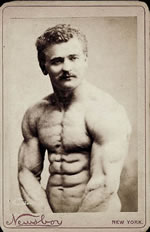 |
Do All of a Galloping Horse's Hooves Leave the Ground? In 1872, Eadweard Muybridge, a British-born photographer, was hired by Leland Stanford (who later founded the university), to settle a question (some people say a $25,000 bet) whether there was a point in a horse's full gallop where all four hooves were off the ground. Muybridge arranged 12 cameras alongside a race track and attached a string to the camera switches across the track. When the horse ran through the string, it triggered the shot. The series of photographs showed that indeed, all four hooves leave the ground when the horse is in full gallop. Muybridge went on to develop systems and techniques to photograph motion of people and animal. Eadweard Muybridge [wiki] |
World's First Color Photograph
The oldest known color photograph was taken by Louis Ducos du Hauron in 1872. The photo is of a view of Angouleme in Southern France. |
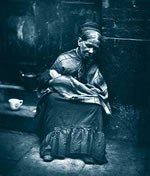 |
The Birth of Photojournalism Amongst many pioneering photographers of the era is John Thomson [wiki], a Scottish Victorian photographer and traveler, whose work documenting the street people in London laid the foundation of social documentary and photojournalism. This photo is called The Crawlers (cir. 1876 - 1877), a part of Thomson's work called Street Life of London, which documents in earnest the hardship of life of the transients and the poor in that era. |
Photographic Gun
In the 1880s, French scientist Étienne-Jules Marey wanted to learn how birds fly, so he invented a photographic gun, which uses a rotating glass plate to take 12 consecutive pictures per second!
The Pioneers: Étienne-Jules Marey | EJ Marey [wiki] |
Vintage Concealed and Gun Cameras
In the late 1800s and early 1900s, we saw a boom in the design and production of cameras concealed in everyday objects. Many of these cameras were sold for detective works, whereas some (like the matchbox camera) were designed specifically for spying activities. For a fantastic collection of vintage cameras, it's hard to beat George Eastman House's online archive: http://www.eastman.org/fm/mees/htmlsrc/mees_idx00002.html#C540.00001 |
World's First Underwater Photo The first underwater camera system was developed by French scientist Louis Boutan in 1893. The image on the left was the world's first underwater photography - the model was so excited that he held the identification plate upside down! http://e-nekton.com/divehistory3.html | Another Link |
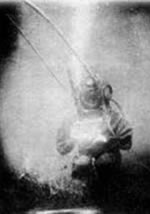 |
Mammoth Camera
In 1900, George R. Lawrence built this mammoth 900 lb. camera, then the world's largest, for $5,000 (enough to purchase a large house at that time!) It took 15 men to move and operate the gigantic camera. The photographer was commissioned by the Chicago & Alton Railway to make the largest photograph (the plate was 8 x 4.5 ft in size!) of its train for the company's pamphlet "The Largest Photograph in the World of the Handsomest Train in the World." |
World's Most Expensive Photo
You're looking at Edward Steichen's photo of a pond in Long Island, New York, in 1904. Don't laugh: this rare print has set the world record for most expensive photograph, sold for $2.9 million in February 2006! BBC Article | Edward Steichen [wiki] |
Thousands Posed for Mole and Thomas' War Photos
In 1918, photographers Arthur S. Mole and John D. Thomas took a photograph of 30,000 military officers and men at Camp Custer, Michigan. A special 70-foot tower was built for this purpose. Mole and Thomas actually specialized in taking these types of photographs - they took a total of 10 photos where thousands of soldiers were posed to form giant, living, symbols of the USA, including a portrait of Woodrow Wilson, the Liberty Bell, the Statue of Liberty, the Marine Corps emblem, and more. |
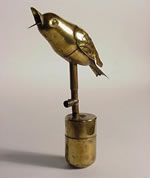 |
Watch the Birdie! In the 1920s, a brass birdie was often used by photographers to grab the attention of children during a portrait session (hence the saying "Watch the birdie"):
|
_____________ The list above is by no means complete: we skipped many important milestones in the days of early photography, including the contributions of Fox Talbot [wiki], the development of other photographic processes (collodion, gelatin emulsion, and so forth), the birth of cinematography, and so on. For those who are interested in learning more about the birth of photography, there are many wonderful websites, such as Robert Leggat's History of Photography, and Photography [wiki]. |

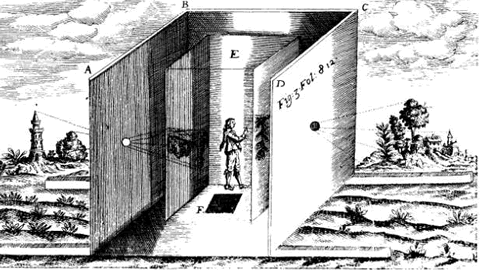
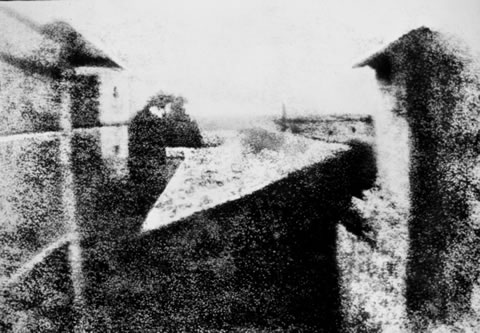
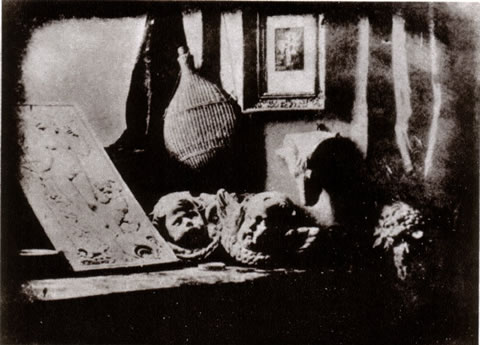
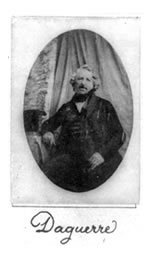 This technique was developed by French chemist
This technique was developed by French chemist 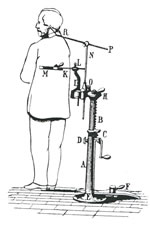 simultaneously, Daguerre had acquired patents abroad, where he stringently controlled the use of daguerreotype.
simultaneously, Daguerre had acquired patents abroad, where he stringently controlled the use of daguerreotype.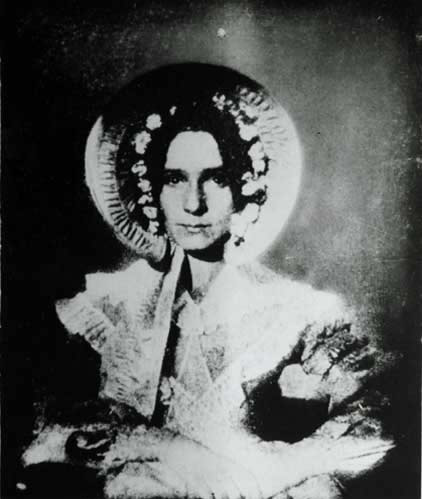
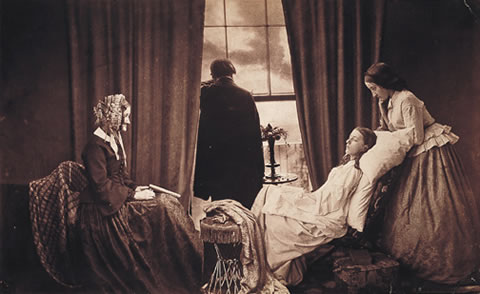
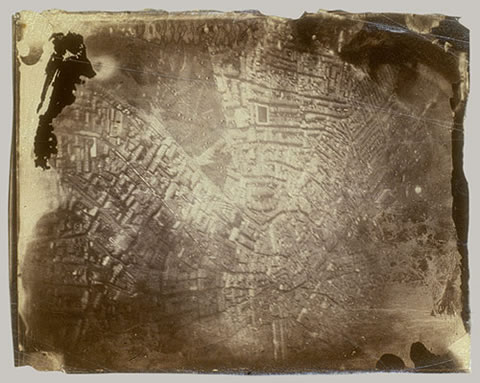
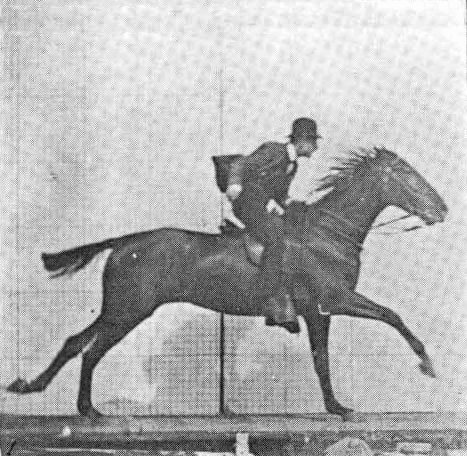
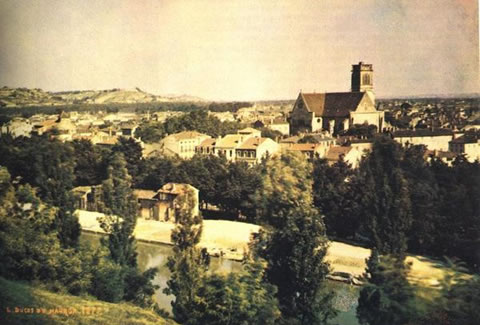
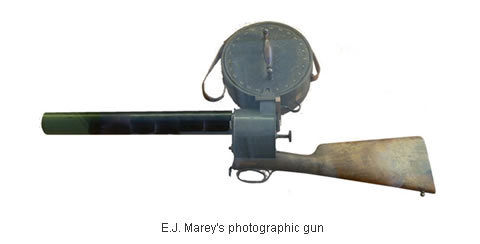
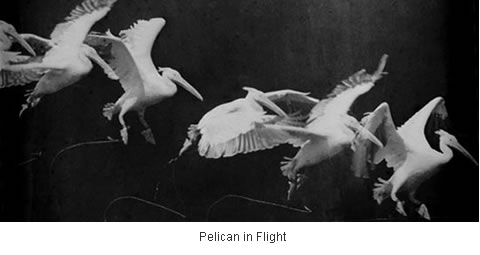

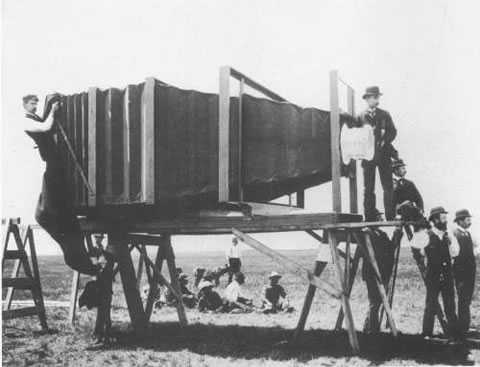
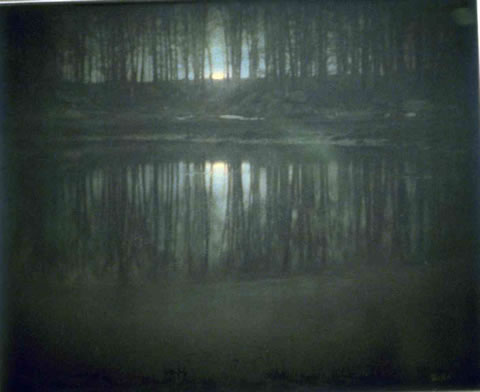
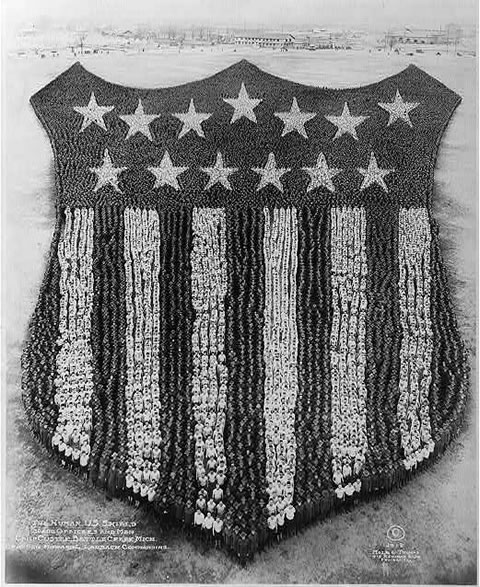





"The development of photography was quite fast"
huh?
_Doug
Regards,
Paul Burns
Thank YOU.
The picture you credited with being first is undoubtedly prettier, but 11 years too late to claim primacy.
Another early colour photographer of note, though decades later, was Sergei Prokudin-Gorskii. The Library of Congress has an exquisite collection of his colour pictures of Czarist Russia at http://www.loc.gov/exhibits/empire/
One person we are sure about is the German physician Samuel Hahnemann (1755-1843)(en.wikipedia.org/wiki/Samuel_Hahnemann).
Another person we have found is Caroline Herschel (1750-1848). The pictures don't look like photos though, but are they based on photos? (Second picture on en.wikipedia.org/wiki/Caroline_Herschel and some other picture, where she's slightly younger, which I don't find now.) She was by the way an aunt of Sir John Frederick William Herschel who's mentioned in the article above.
A third person is John Leland (1754-1841), but it's unclear to us whether this is a photo or not (www.sunnetworks.net/~ggarman/leland.html).
Does anyone know more about this? Are there photographed persons that are born much earlier than these?
I did not see any mention of George Eastman (other than the matchbox camera) in your article. Eastman may not have been the "first" from an inventor's list but certainly used his philantropic vision to bring photography to the people. Some of his processes are still today, the benchmark even in the digital world. The Geoge Eastman House is a must see if one is ever in the Rochester, NY area.
Thanks
Cirkut, Panoram, Orbit, Alt-Vista for Panoramic. Vari-Vue amongst others for the Lenticular side of Popular/novelty imaging.
Also processes to make such early images.
Daguerreotype, Wet Collodion, Bromoil, Platnium, Gum Bichromate and Photogravure; color process: Autochrome ( Lumere Brothers), Kodachrome, Heliochrome.
There is some for ya!
http://digitalfreak.net/2008/01/18/richard-prince-print-sets-auction-record-for-photography-take-2/
Interwebnet ftw.
ALL THIS IS VERY USEFULL !!
Been looking for this infomation on 100's of different websites and most of it is right here.
CANT THANK YOU ENOUGH !!!
click click!!!!
Maxwell took the first color photograph in 1861. You may want to expand your explanation of du Hauron.
Nice Photograph!
I could not pin point the location via Google Earth, If someone especially from Boston, can save this particular location via google earth and paste here, it would be very interesting to observe the differences that One-and-a-Half Century left upon the roads & streets of that particular area of Boston.
Shoaib
London
There is a wonderful camera obscura located in a camera-shaped building behind the Cliff House in San Francisco- last time I was there the admission was only $1. A periscope outside sweeps in a 360 degree view which shows the Pacific Ocean, the beach, the buildings and the ever changing sky. They play ethereal music, and even have a collection of holographic photography inside. Check it out on your next visit to THE City!
thanks alot and I hope that you provide
us with other elements of photography
such as :
the first camera (( IMAGE ))
the first colored photo
and finally the first stand camera
THANKS SO MUCH!!!
Seventh Grader!@#4%^&*()
Bless one and all.
:-)
:-)
These can be seen on http://cnum.cnam.fr/ILL/4KY28.27.html
They are illustrations Nos 120& 121, No.122 is a barometric record of the flight on 2nd July 1886
these are very nice informations these will help to know more about photography
thanks
Thanks for a great post about the history of early photography. I've written a piece on photography in daily life in history, with the example of the Boulevard du Temple by Louis Daguerre, hhttp://www.sceneryphotostory.com/2010/photos-of-daily-life-before-and-what-to-come/
Thanks again!
Paul
My question when were the 1st CLEAR pictures developed in Virginia?
vanity, pushing the portrait business.
technical photography, such as Muybridge's horse galloping.
but, the "World's first Daguerreotype" appears to be the first in the group to illicit an emotional response, which is what I would call the most important use of photography..
~Kelly :-(